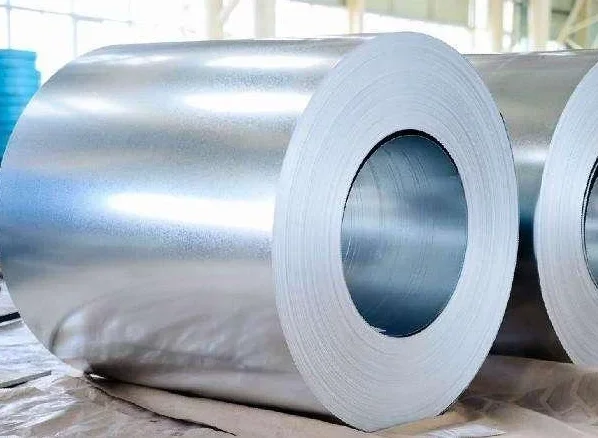Aluminum-zinc plated coils are a type of steel product that has been coated with a layer of aluminum-zinc alloy to enhance its corrosion resistance and extend its service life. These coils are widely used in construction, automotive, and appliance manufacturing due to their durability and aesthetic appeal. In this article, we will delve into the manufacturing process of aluminum-zinc plated coils, exploring the steps involved from raw material preparation to the final product.
Introduction to Aluminum-Zinc Plated Coils
Aluminum-zinc plated coils are made from steel sheets that have been hot-dip coated with a mixture of aluminum (55%) and zinc (43.5%) along with small amounts of other elements like silicon and magnesium. This alloy coating provides excellent protection against corrosion, making it superior to traditional galvanized steel. The material is known for its self-healing properties, which means that even if the coating is scratched, it can still protect the underlying steel from corrosion.

Raw Material Preparation
The process begins with the selection of high-quality steel sheets. These sheets are typically made from low-carbon steel or high-strength steel, depending on the end-use application. The steel sheets are then cleaned to remove any surface contaminants such as oil, dust, or rust. This is crucial for ensuring a strong bond between the steel and the aluminum-zinc coating.
Pretreatment
Before the coating process, the steel sheets undergo a pretreatment process to further clean and prepare the surface. This may involve degreasing, pickling, and rinsing. The pickling process uses acid to remove any remaining scale or oxides from the steel surface, leaving a clean and activated surface that is ready for coating.
Coating Process
The core of the manufacturing process is the hot-dip coating, where the cleaned steel sheets are dipped into a bath of molten aluminum-zinc alloy. The temperature of the bath is carefully controlled to ensure a uniform and adherent coating. As the steel emerges from the bath, the aluminum-zinc alloy quickly solidifies, forming a dense and protective layer on the steel surface.

Cooling and Inspection
After the coating process, the coated steel sheets are cooled to room temperature. During this stage, they are also inspected for any defects such as uneven coating, holes, or blisters. Any defective sheets are removed from the production line for rework or scrap.
Processing Customization
One of the advantages of aluminum-zinc plated coils is that they can be customized to meet specific customer requirements. This may involve processes such as slitting, cutting to length, or forming the coils into various shapes. Some manufacturers also offer processing customizations like painting, lacquering, or applying a phosphating layer for additional protection.
Quality Control
Throughout the manufacturing process, strict quality control measures are in place to ensure that the final product meets the required standards. This includes regular testing of the coating thickness, adhesion, and corrosion resistance. The coils are also weighed to ensure that they meet the specified weight requirements.
Packaging and Shipping
The final step in the manufacturing process is packaging and shipping. The aluminum-zinc plated coils are wrapped in protective material to prevent damage during transportation and are then loaded onto trucks, trains, or ships for delivery to customers worldwide.

Conclusion
The manufacturing process of aluminum-zinc plated coils is a complex and carefully controlled operation that ensures the production of a high-quality, corrosion-resistant product. From the selection of raw materials to the final packaging and shipping, every step is crucial in maintaining the integrity and performance of the final product.
The Role of Aluminum-Zinc Plated Coils in Preventing Galvanic Corrosion


